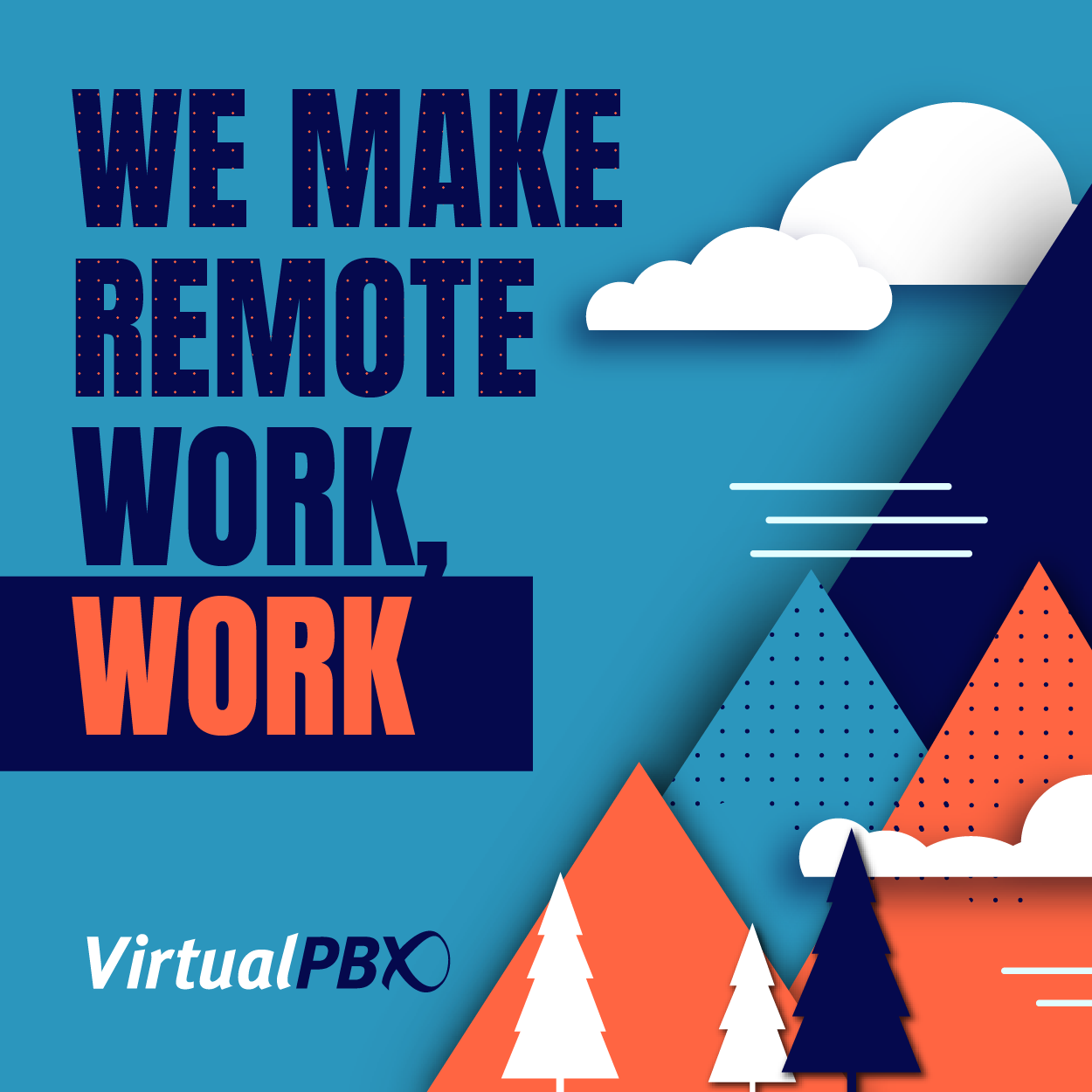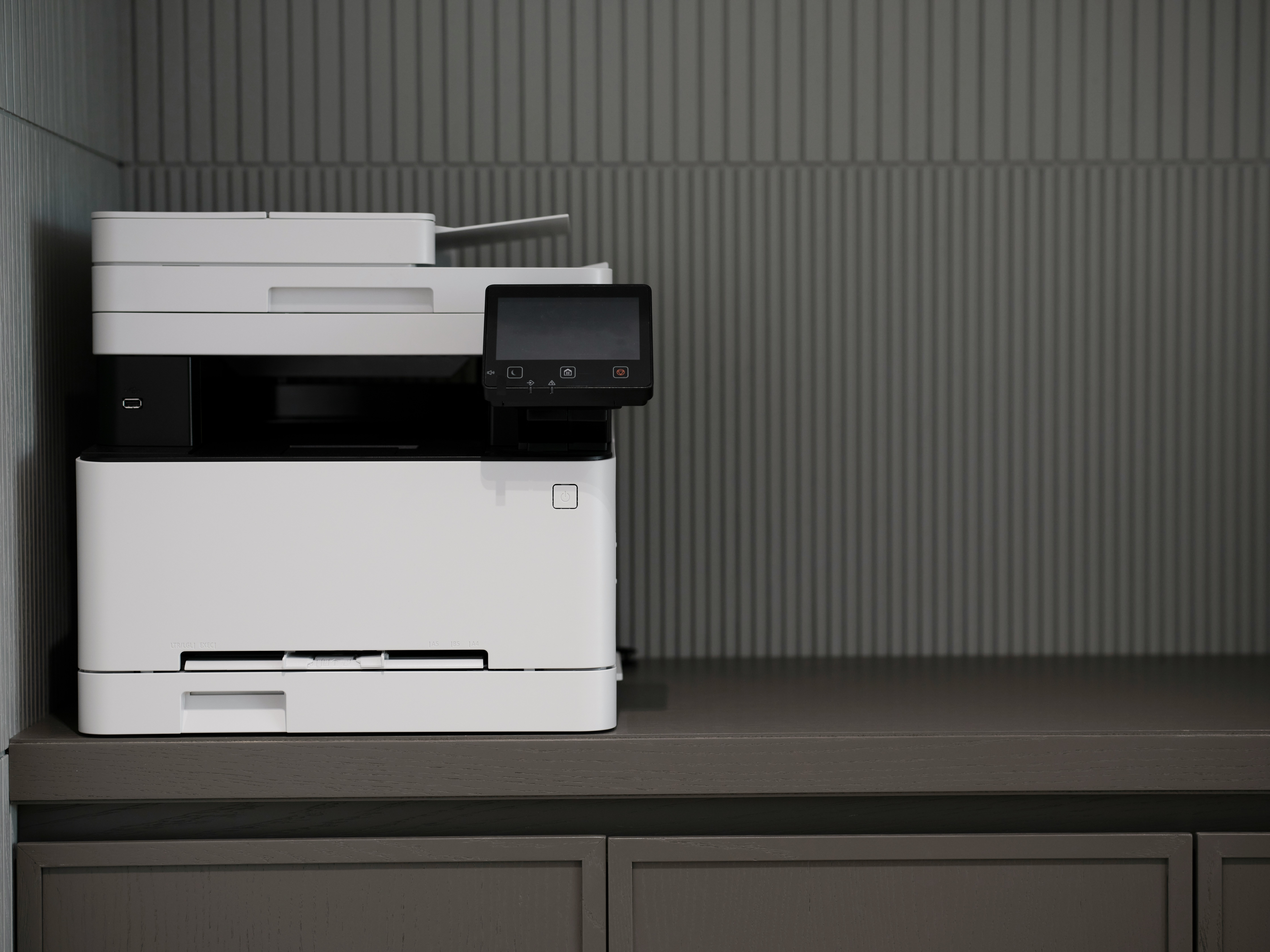
You’ve got questions, KP’s got answers. Kevin Peyton is, on the surface, the Vice President of Sales at VirtualPBX, but digging a little deeper reveals so much more. An expert in everything from hosted telecom to competitive roller-skating (seriously) and everything between, Kevin fields whatever we throw at him, so we thought we’d let you have a shot. The gauntlet has been thrown, welcome to KP360!
One of my favorite sayings is, “It’s always easy when you know.” This is true for many things, a new smartphone, a new car, a new washing machine. They all have features and functions that we know nothing about when we first encounter them. This can be very frustrating until we have mastered the basics of these new items. Soon after becoming familiar with new technology, however, we find ourselves more reliant on it than we ever thought possible. The same can be said for a new phone system. Business telephone systems are no different, and in fact, can seemingly be even more daunting to become proficient with. The good news is that modern cloud phone systems are much easier to setup and manage than you may think. To help understanding how modern phone systems work, I’d like to break it down into three fundamental components.
Phone Numbers
Historically referred to as “lines” due to the need for an additional phone number for each concurrent call you may need (ie: rollover lines). Think of phone numbers like your email address in that it’s how you’re found and contacted over the telephone network. Also, just like when someone sends an email to the correct address, the call comes to you. In the VoIP world, the need for rollover lines is no longer what it once was. In fact, a single number can support dozens of concurrent phone calls whereas older technology had much lower traffic thresholds. Alternatively, adding individual numbers can replace navigating through an automated attendant by being designated as direct inward dial (DID) numbers where a caller may call directly to a person or department. There are many other uses too, like marketing campaigns or having a local presence where you may not have offices. This can be easily accomplished by adding phone numbers with whatever area code you need.
Features & Functions
This is the fun part and where all the magic happens. Many of these features used to require an expensive investment in a hardware PBX (private branch exchange), a PRI (primary rate interface), annual licensing fees, and IT staff to manage and maintain it. Other features on a modern VoIP plan may not have been available at all, even with all of that added hardware. The good news is that because hosted telephone systems all live in the cloud, they’re easily set-up and managed through a simple web browser. You never have to worry about capacity, or any confusing telephone people jargon, either. You can simply add the users that you need and can add or remove them at any time as your business needs evolve. A lot happens behind the scenes to make all of the features of a VoIP platform work, but the complexity of it all is hidden with an intuitive user interface that lets you simply point, click, or drag-and-drop to get the behavior you want from your phone system. In addition to ease of use, when you need more help our award-winning Training Team can walk you through it for free, too.
Phones & Devices
An IP or VoIP phone is the only thing installed at your location. There are many choices of phones and this can sometimes be the most confusing part of getting a new phone system. I try to break it down to a few fundamentals that will narrow down the choices. Will you use “Soft Phones” or “Desk Phones?” Both of these are VoIP Phones, one made of software and the other made of plastic. Second is budget, how much do you want to spend? The price range is dramatic with some phones starting as low as below $50 upwards to $1,500 for the most powerful and cutting-edge technology. Third is features like mobility in that would you need a simple desk phone or maybe a cordless phone? Color touch screens with lots of programmable features? Will it be used in a conference room for conference calls? Do you prefer more elegant phones for executives and if you have a receptionist answering all incoming calls, that person will need a useful phone to manage the call traffic. With phones, it’s important to keep in mind what is the most productive phone features for specific roles in your business. Whatever phone you happen to choose, however, the good news is that once you get them plugged into the internet and power and they just work.









